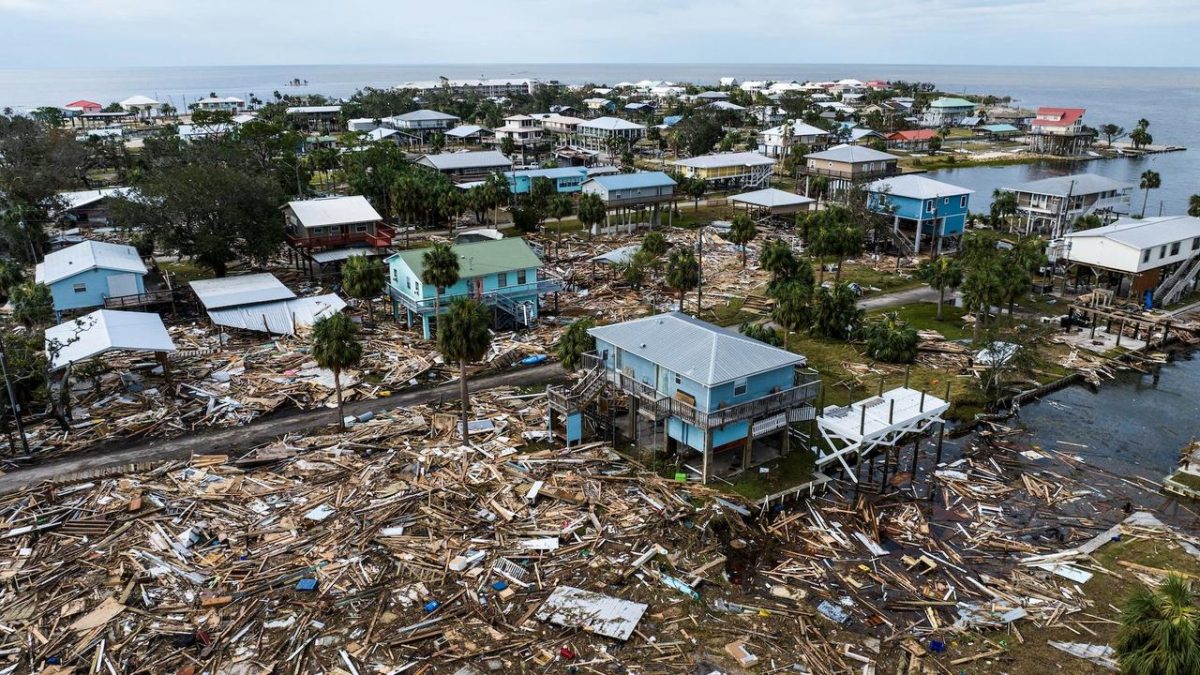Hitting Florida’s west coast on Sept. 26, the Category Four Hurricane Helene raged north up to Georgia, destroying power lines and severely flooding parts of Tennessee, South Carolina, North Carolina, and Virginia. As of Oct. 3, at least 215 people were confirmed to have died from the staggering destruction that Helene brought. Since the communities that are most affected—the Appalachian Mountains, and North and South Carolina—are difficult to reach, a thorough evaluation of Helene’s damage will most likely take weeks to complete. In the hurricane’s wake, towns were leveled, communication was cut off, and essential supplies were left unavailable, putting thousands of civilians in life-threatening danger. First-aid responders and officials continue the race to locate survivors and rescue victims in an effort to prevent more lives from being lost to the devastation Helene has left.
In Florida’s Big Bend region, Hurricane Helene was the strongest storm ever recorded in the area. Warm ocean temperatures fueled the storm until it reached winds of up to 140 miles per hour. Helene broke several storm surge records along Florida’s Gulf Coast, including several records set by Hurricane Idalia just last year. Thousands of homes were destroyed, especially along the small shoreline communities where 90 percent of the homes in the area were washed away by the storm. Beyond Florida, many creeks and rivers flooded and as a result, water breached several dams. Government and humanitarian organizations dispatched helicopters to rescue hurricane victims, and the White House approved emergency requests for federal assistance from Florida, Georgia, North Carolina, South Carolina, and Alabama. The Federal Emergency Management Agency stated that more than 1,270 officials were sent to aid the situation.
Rural and lower-income areas have experienced the most devastation as a result of inadequately funded infrastructure. Since the local infrastructure was not designed to withstand such harsh weather, the sheer power of Hurricane Helene has wrought catastrophic consequences with storm surges leveling entire communities. For people located in the mountainous terrain of the Appalachians, there are fewer available roads to reach main towns, meaning that evacuation efforts have been difficult to coordinate.
Many of Helene’s victims died as a result of electrocution in water, vehicle crashes, falling trees, or tornadoes. The state with the highest death toll is currently North Carolina, with more than 100 people confirmed dead by state officials. As the U.S. attempts to grasp the full impact of the storm, survivors mourn their losses and officials prepare for an extensive period of rescue and restoration efforts.



